Collaborative leadership was still a novel concept when the Consortium began encouraging districts adopt it in the late 1990s. Initially, with a state-funded grant aimed at “School Renewal through Teacher Leadership,” the intent was to help building-level administrators tap the insights of their ground troops.
Having developed a leadership approach that empowered educators when she served as the principal of an innovative elementary magnet school in McKeesport Area School District, Consortium founder, Linda Croushore, Ed.D. became convinced it was the way all schools should run.
Within a year or so of launching a similar model under her leadership, the Consortium was helping administrators in 70 buildings crowd-source decision-making within each of their 13 districts. The ranks grew from there, eventually to 20 districts.
In meetings, representatives of different grades within each school aired challenges, debated possible solutions, agreed on interventions, and celebrated successes.
“That’s the way their schools grew,” Croushore recalled in a recent interview.
The model worked well, insofar as it went, she added, but she was still aiming higher. “What was still bothering me was that elementary was still separate from middle and middle was still separate from high school—there just still wasn’t the integration of thinking you need for a system.”
To promote a broader approach, Croushore held a big dinner party for leaders from each district—Superintendents, Board Presidents, Union Presidents, Business Managers—and discussed how district-level teams could help all their buildings and grades work together to achieve systemic goals.
The vision she conveyed was to build teams that represented entire school systems, including representatives from food service, maintenance and transportation, as well as educators. The teams would reserve an “open chair,” to include outside voices or expertise as needed, whether from parents or community organizations or municipal leaders.
All 20 districts signed on, and the Consortium’s Leadership Design Team initiative was born.
In addition to remaking their districts as more collaborative environments, the teams also expanded the base of leadership in their schools. As time went on, Croushore, who sat in on most meetings, saw conversations become more substantive, more about working together to solve challenges, not merely identify them. To her delight, meetings, more often than not, became focused on “talking about kids” and, as a result, schools in the Consortium’s network became stronger and more focused on student needs.






